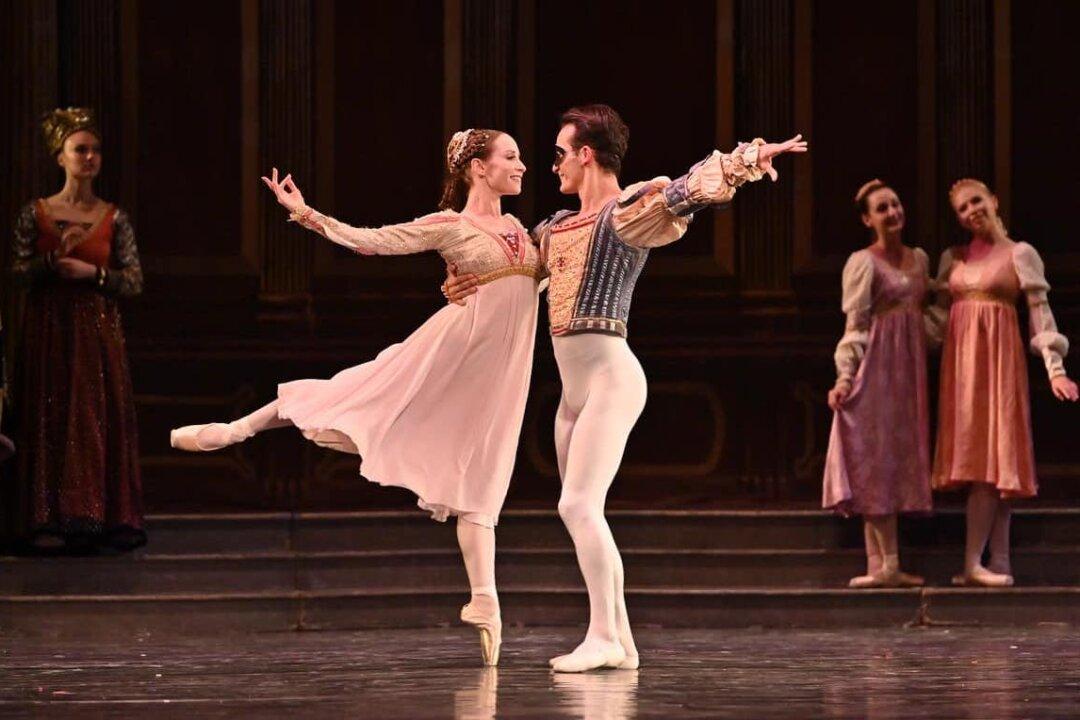Commentary
“Romeo and Juliet” seems to be the most popular story in Southern California this season. Both of San Diego’s major ballet companies, plus two regional SoCal opera companies, performed a version of this famous romance. I had the pleasure of seeing all of these productions, at least partially. The final of these was from City Ballet of San Diego, which was performed on May 6-7 in North San Diego County, at the California Center for the Arts, Escondido. This was the last show of the company’s 30th Anniversary season.





